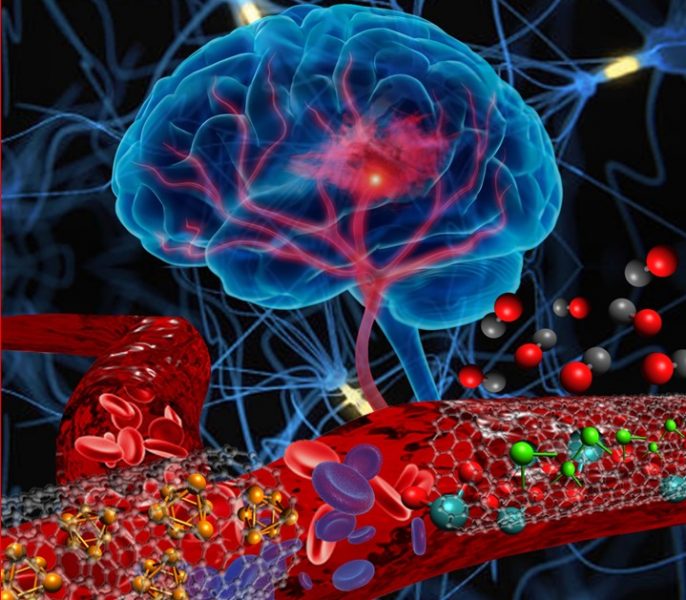A sensor foil made from polymers withstands bending to a radius of 11 mm, and elongation by 1.4% without losing functionality.


A sensor foil made from polymers withstands bending to a radius of 11 mm, and elongation by 1.4% without losing functionality.

Latest Advanced Healthcare Materials covers.

What’s new in hydrogen production? Sustainable energy is a hot topic, and these snapshots will update you on what materials are being optimised right now for the HER.

How have political economy approaches been used to understand important aspects of climate change?

German biotechnologists seek to recycle waste with the ultimate aim of creating a sustainable cycle of materials.
Critical issues need to be addressed in the development of an economic biomass refinery in ILs media, which requires sustained effort of scientists and researchers to achieve a more sustainable society.

A recent Excellence in Energy report reviews the preparation, characterization, and testing of heterogeneous single-atom catalysts.

Improved control over synthesis process of iron catalysts leads to significantly increased number of reactive sites.

The burgeoning development and sustained production of advances in the booming field of solar-to-energy conversion have inspired a Special Issue specifically dedicated to “Artificial Photosynthesis: Mimicking Nature for Renewable Energy Production” – guest editors Wee-Jun Ong, Zhiqun Lin and Kazunari Domen.
![ZIF-Derived Bifunctional Air Electrodes for Rechargeable Zinc–Air Batteries [Video]](https://www.advancedsciencenews.com/wp-content/uploads/2018/02/adfm201705048_ASN_image.png)
A simple, inexpensive, and scalable method is developed to produce cobalt-nanoparticles-encapsulated nitrogen-doped carbon nanotubes (Co-N-CNTs) as bifunctional air electrodes for Zn–air batteries.